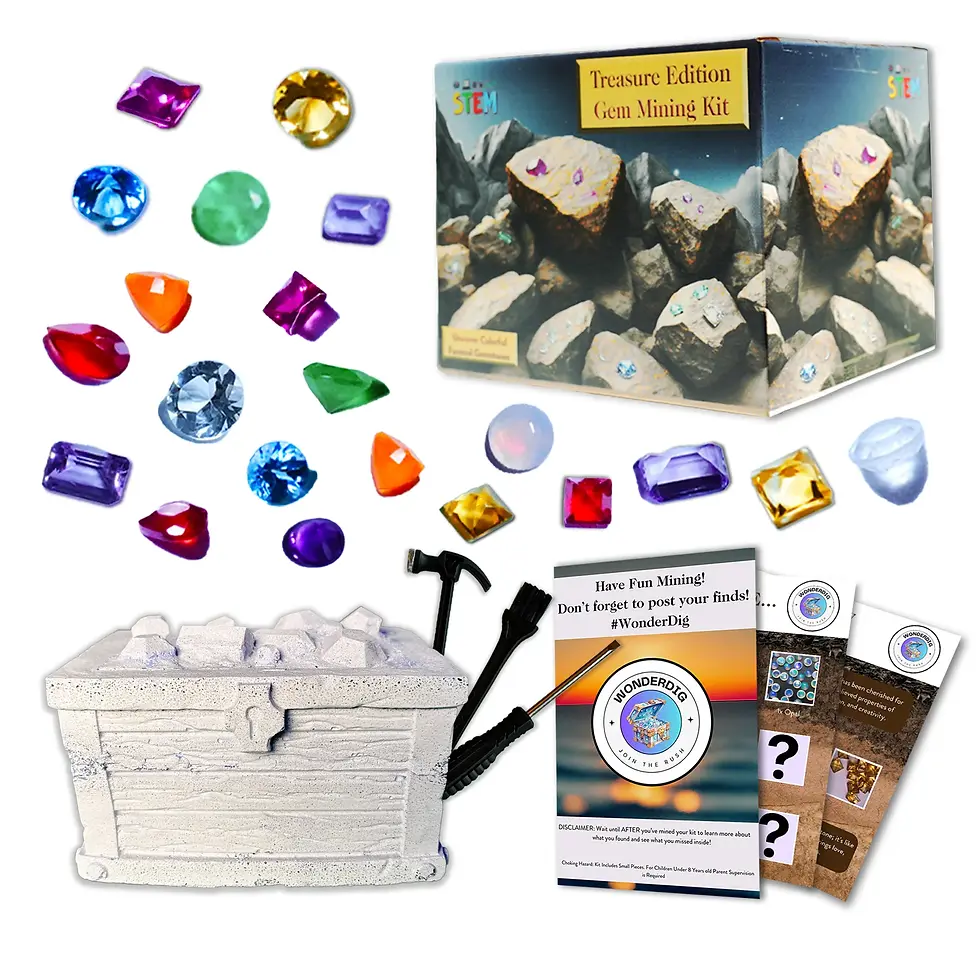Gem Identifier Tools: A Comprehensive Guide to Identifying Gemstones Accurately
In the world of gemology and jewelry, accurately identifying gemstones is essential. Whether you're a professional gemologist, a jeweler, or simply a gemstone enthusiast, having the right tools to identify gems can make all the difference. From high-tech professional tools to user-friendly mobile apps and traditional methods, there are a variety of gem identification tools available. This guide will explore these different tools, provide practical tips for their effective use, and show how they can be applied in real-world scenarios.
Professional Gem Identifier Tools
For professionals in the gemology field, precision is key, and this is where professional gem identification tools come into play. Tools like Gemology Tools Professional and GemGuide offer comprehensive databases and sophisticated algorithms that allow users to input various data points, such as refractive index, specific gravity, and fluorescence, to accurately identify gemstones.
Gemology Tools Professional: This software is a staple for many gemologists, offering detailed information on thousands of gemstones, including rare varieties. It allows for the precise input of gemstone characteristics and provides comparative data to help ensure accurate identification.
GemGuide: Known for its extensive gemstone database, GemGuide is widely used in jewelry stores and gemological laboratories. It not only aids in identifying gemstones but also provides market values and trends, making it invaluable for those involved in buying and selling gems(CRYSTAL IS WEALTH, Jewel Meanings).
These tools are essential for those who need to verify the authenticity and quality of gemstones, particularly in professional settings where accuracy is paramount.

Gem Identifier Mobile Apps
In recent years, mobile apps have made gem identification more accessible to hobbyists and professionals alike. While not as precise as professional tools, these apps offer convenience and ease of use, allowing users to identify gemstones on the go.
Gemstone ID Pro: This app uses the camera and sensors in your smartphone to analyze the color, clarity, and other visual characteristics of gemstones. It provides a quick identification method that is useful when traveling or attending gem shows.
Gemius: Another popular app, Gemius, allows users to compare the gemstone they are analyzing with a vast database of known gemstones. The app can provide information on potential matches based on visual input and user-selected criteria(Crystals By Rob, RETREALM).
These apps are perfect for those who want to learn more about gemstones or need a quick reference tool. However, it's important to note that while these apps are handy, they may not always provide the same level of accuracy as professional-grade tools.
Traditional Gem Identification Methods
Before the advent of digital tools, gem identification relied heavily on traditional methods, many of which are still in use today. These methods often require a good understanding of a gemstone's physical properties, such as its refractive index, specific gravity, and optical characteristics.
Loupe: A handheld magnifying glass used to examine a gemstone's surface features, inclusions, and other details that are not visible to the naked eye.
Refractometer: A device that measures the refractive index of a gemstone, which is one of the most reliable methods for identifying many types of gems.
Dichroscope: This tool helps identify gemstones by analyzing their pleochroism, which is the ability of a gemstone to show different colors when viewed from different angles(Crystal Gate).
While these methods require more skill and experience, they are invaluable for those who want to deeply understand the gemstones they are working with. Books like "Gem Identification Made Easy" by Antoinette Matlins provide excellent guidance on using these traditional tools effectively.
Practical Tips for Effective Gem Identification
Whether you're using professional software, a mobile app, or traditional tools, there are some universal tips that can help you achieve more accurate results:
Calibration: Ensure that your tools, especially those that measure physical properties like refractive index or specific gravity, are properly calibrated before use.
Lighting: Proper lighting is crucial when examining gemstones. Natural daylight is often best for observing a gemstone's true color and clarity.
Cross-Verification: Whenever possible, cross-verify your results using different tools or methods. For example, after using a mobile app, confirm the findings with a traditional refractometer.
Continuous Learning: Gemology is a field that is constantly evolving. Stay updated on new tools and techniques by joining gemological societies or attending workshops.

Real-World Applications and Case Studies
To illustrate the effectiveness of these tools, consider the following scenarios:
Professional Gemologist: A gemologist might use Gemology Tools Professional to verify the authenticity of a rare gemstone brought into a jewelry store. By inputting the gemstone's specific gravity and refractive index, the tool can confirm whether the stone is genuine or a synthetic copy.
Hobbyist Rockhound: A hobbyist at a gem show could use the Gemstone ID Pro app to quickly identify a stone they are considering purchasing. While the app provides an initial identification, they might later use a traditional loupe and dichroscope at home to further verify the stone's characteristics.
These examples demonstrate how different tools can be applied in various contexts, from professional gemology to casual gem collecting.
Identifying gemstones accurately requires the right tools and knowledge. Whether you’re using advanced professional software, convenient mobile apps, or traditional methods, understanding how to use these tools effectively is crucial. By combining these approaches and staying informed about the latest developments in gemology, you can enhance your gem identification skills and ensure that the gemstones you work with are accurately identified.

Enhance Your Crystal Hunting Experience
For those who want to enjoy Crystal hunting at home, WonderDig offers premium crystal mining adventure kits. These kits include a variety of high-quality crystals perfect for both beginners and experienced enthusiasts. Discover beautiful gemstones and enjoy a thrilling mining experience with WonderDig.















Comments